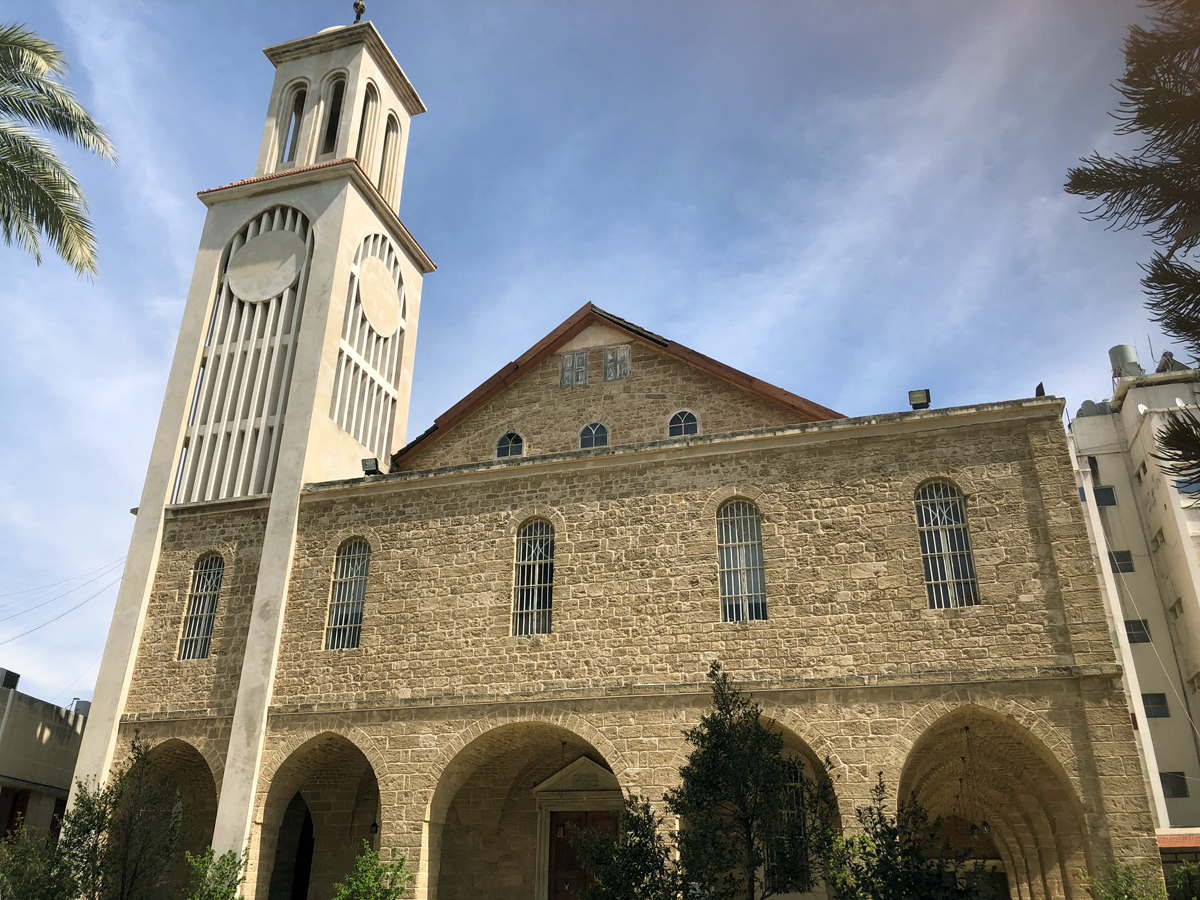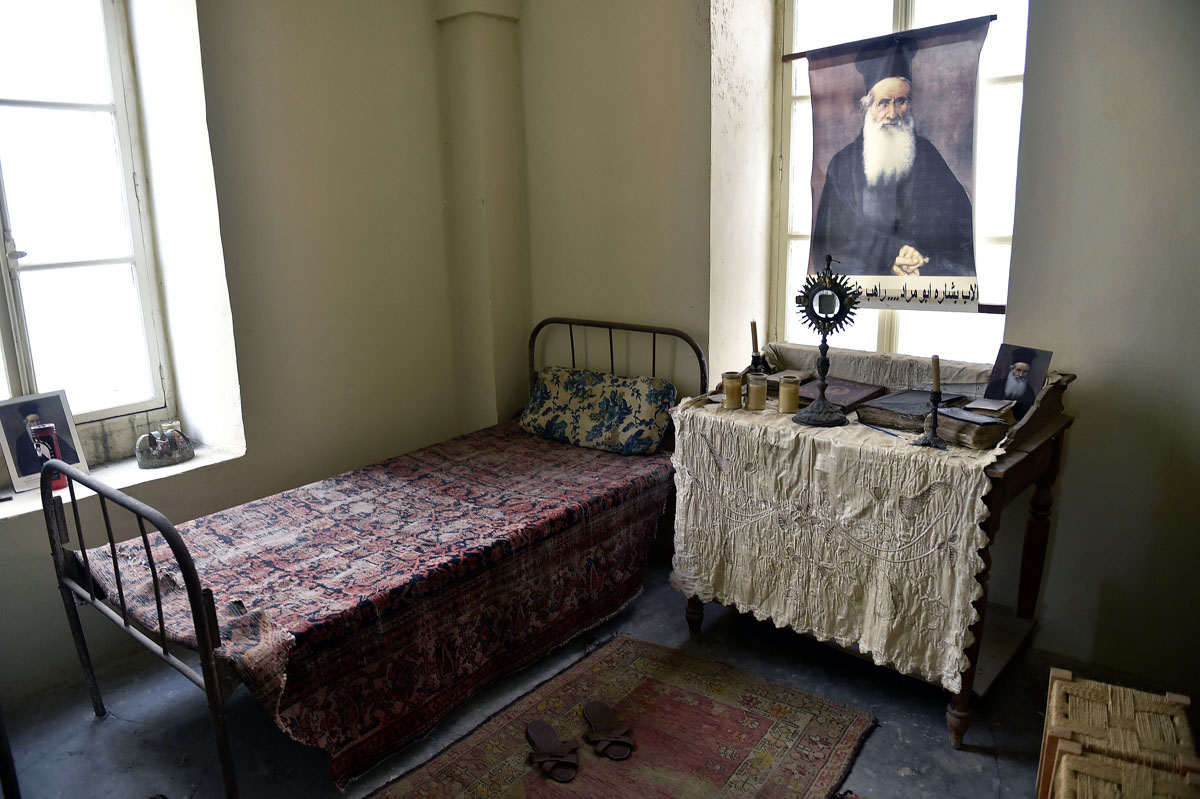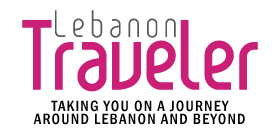Religious anthropologist and researcher Nour Farra-Haddad takes us on a tour around Saint Nicolas’s Greek Catholic Episcopate Cathedral in Saida.

Photos: Abass Selman
Since the 14th century BC, the coastal city of Saida has been a commercial center, with strong trade links to Egypt. Famed for its glass-making traditions, which were considered among the best in the world, the city also became known for its shipbuilding capabilities.
Like other Phoenician cities, Saida suffered numerous conquests. After the Arab conquest (AD 636) Saida remained a small flourishing city. During the Crusader period (AD 1110-1291), it became a chief town and a barony of the kingdom of Jerusalem. The Mamluks, followed by the Ottomans, occupied Saida at the start of the 16th century. It regained its status in the 17th century during the rule of Emir Fakhr-al-Din II (1572-1635), who declared Saida his commercial capital in 1594.



What to Do in the Area

Holy Lebanon: Lebanon’s First Religious Tourism App
Holy Lebanon is a travel e-guide promoting religious-based tourism and supporting the sustainable development of local communities across the country. Introducing Lebanon as an attractive destination full of interesting sites to discover, the guide lists thousands of religious attractions, rituals and events, as well as names and details of service providers. Embrace Lebanon’s religious diversity and take advantage of this practical and comprehensive tool by downloading the free application on the AppStore or Google Play.
Loading